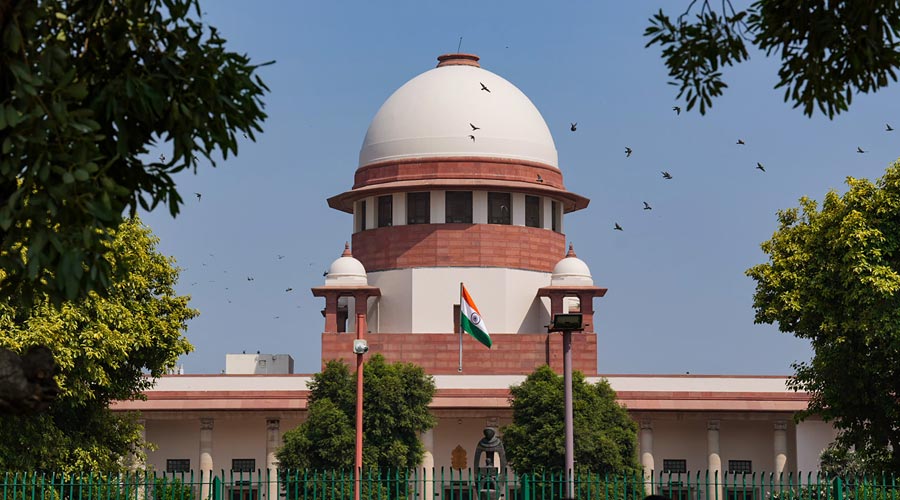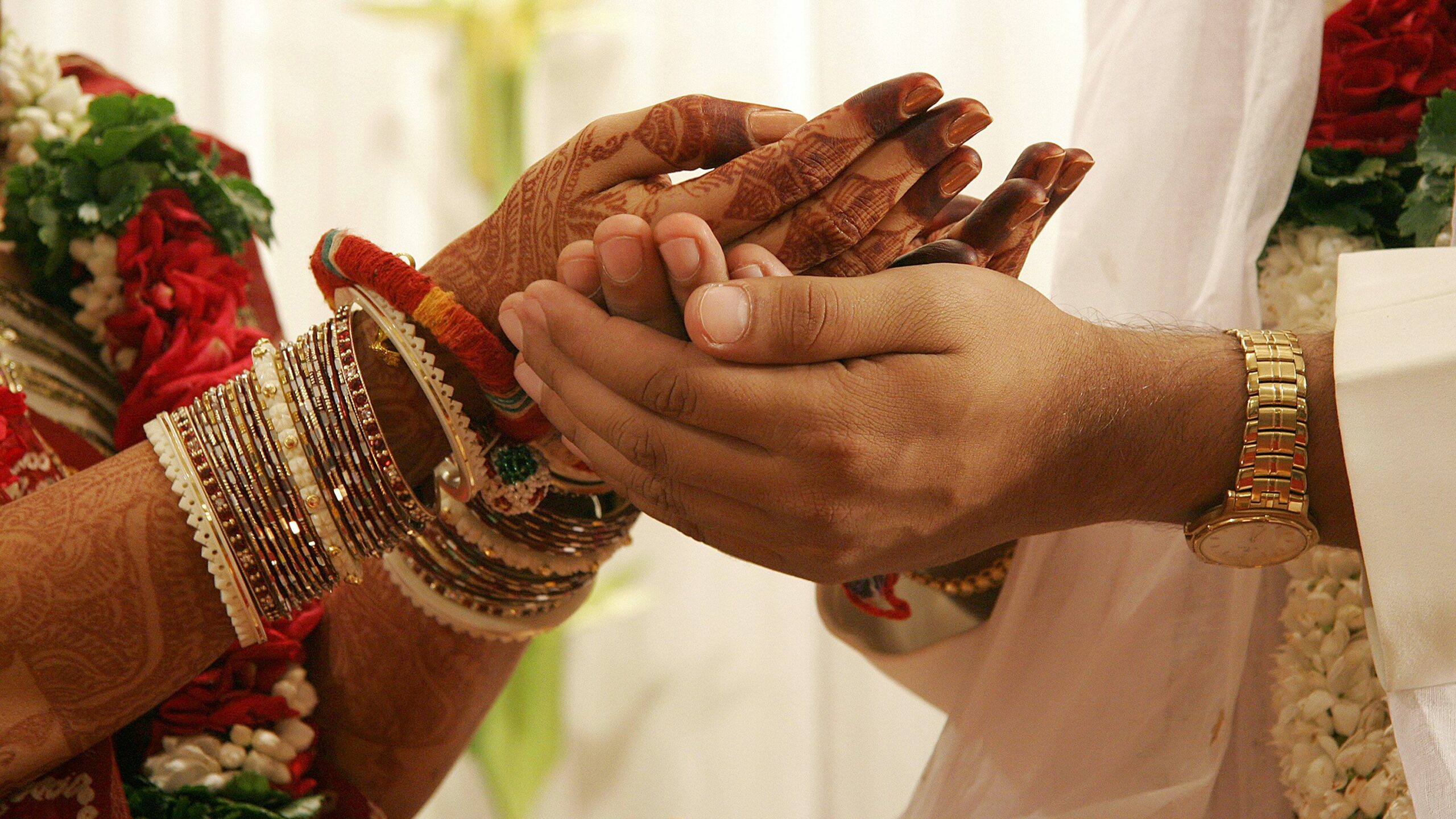On 20th February 2023, The Supreme Court rejected a petition filed by Adv. Ashwini Upadhyay, aimed to increase the age of marriage for women from 18 to 21.
To understand and discuss the implications behind this petition, its rejection and the consequences it could have on our society, we must first analyse the context behind this petition and the institution of marriage in India from a general standpoint.
A 2018 survey from BBC, of about 1,60,000 households across India, revealed that about 93% of Indians stated that they had an arranged marriage, while 3% had love marriages, and 2% had love cum arranged marriages. What this indicates is that for a vast majority of Indians, marriage has very little to do with their own personal desires, and has far more to do with the ideas of duty and respect for cultural traditions that they are raised with. This is reflected in the attitudes, conversations and laws surrounding marriage in India.
Recently in 2022, the National Commission for Women (NCW) filed a plea in the Supreme Court as well, however, this was for an equal age of marriage at 18 for all women across all religions, given that the age of marriage for girls under Muslim personal law was at the age of puberty, i.e. 15 years. This was in direct contradiction to Section 375 of the Penal Code, which termed sexual intercourse with a girl under the age of 16 as rape, regardless of consent.
The age of marriage, in particular, has always been a point of contention, especially in India, which has a high rate of child marriage, with UNICEF estimating that about 1.5 million girls under 18 get married in India every year. This is about a third of the global total of child brides, ranking it higher than any other country in the world. Given the figures, it is worth interrogating the motivations behind setting the age of marriage for women at 18 but at 21 for men.

In the case of this particular petition, Advocate Upadhyay argued that the distinction between the age of marriage for women and for men was not only arbitrary but also unconstitutional under articles 14, 15 and 21 of the Indian Constitution, which has been put in place to ensure equality of life for all citizens of India on the basis of sex, religion, etc. However, the Supreme Court, with a bench comprising Chief Justice DY Chandrachud, Justice PS Narasimha, and Justice JB Pardiwala, dismissed it on the grounds of Article 32, stating that there are some matters that must be left to the “ultimate wisdom of the parliament” and that the court could not “enact law” regardless of how “desirable it is”. Some members of the bench even suggested that the proposed bill would only succeed at striking down the age of marriage, and not replacing it, if it were to be accepted, which would lead to there being “no age at all”.
Also Read: Stereotyping Marriages And The Making Of Unhealthy Relationships
Advocate Upadhyay’s petition was not the first attempt, and will certainly not be the last attempt, made to change the laws around the arbitrary distinction in the age of marriage that is currently in place.
Recently in 2022, the National Commission for Women (NCW) filed a plea in the Supreme Court as well, however, this was for an equal age of marriage at 18 for all women across all religions, given that the age of marriage for girls under Muslim personal law was at the age of puberty, i.e. 15 years. This was in direct contradiction to Section 375 of the Penal Code, which termed sexual intercourse with a girl under the age of 16 as rape, regardless of consent.
Currently, the only hope for reforming the age of marriage for women lies in a bill, which is presently pending and was introduced by the Centre. While its amendments to the Prohibition of Child Marriage Act, 2006 (PCMA) have been approved by the Cabinet, leading to the Prohibition of Child Marriage (Amendment) Bill, 2021, and the further approval of this bill could mean that there would be drastic revisions made to the personal laws governing the respective marriage acts of Hindus, Muslims, Christians, etc.
While a 2023 judgement in the Punjab and Haryana high court ruled that Muslim girls were seen as “legally competent” for marriage after “attaining puberty” at 15, on January 13th, the Supreme Court of India restrained all courts in the country from treating this judgment as a precedent. Solicitor General Tushar Mehta even noted that this was not only a violation of the Prohibition of Child Marriage Act, 2006, but also of the aforementioned POCSO Act, which criminalises all forms of sexual intercourse with children under the age of sixteen as statutory rape.

With numerous attempts, made in vain, to change the dubious laws surrounding the age of marriage, we must question how these laws came into place given that the age of marriage for girls originally started out as 15, and was only even brought up to 18 in 1978 through the modification of the Sharda Act of 1929.
Also Read: Queer Marriages In India And The Long Battle To Legalise Them
The fundamental flaw that guides lawmakers in their approach as they differentiate the age of marriage for men and women is in the importance they place on early marriage in women’s lives, over prioritising their education or career. It offers women a lesser chance to become financially independent before entering an otherwise precarious situation with little to no backup or support, which can only lead to more women being forced and trapped into abusive marriages as they have nowhere else to turn to. Increasing the age of marriage will not only help battle the continued prevalence of child marriages, but will also help lower the Maternal Mortality Rate (MMR), and Infant Mortality Rate (IMR), as well lead to an increase in the Sex Ratio at Birth (SRB).
It is of utmost importance, in the fight to combat the continuation of child marriages in India, that the Parliament make their next move on the topic of the bill rather than letting the situation stall, and while it would be ideal for this bill, in particular, to be accepted and for the proposed changes to be made to make the age of marriage uniform, even its dismissal would only lead to the prospect of future petitioners putting forward stronger bills with better arguments.
Currently, the only hope for reforming the age of marriage for women lies in a bill, which is presently pending and was introduced by the Centre. While its amendments to the Prohibition of Child Marriage Act, 2006 (PCMA) have been approved by the Cabinet, leading to the Prohibition of Child Marriage (Amendment) Bill, 2021, and the further approval of this bill could mean that there would be drastic revisions made to the personal laws governing the respective marriage acts of Hindus, Muslims, Christians, etc.

Until the day that the Parliament comes to reach a decision with regard to this bill, it is highly likely that any other bill or petition which is put forward in the Supreme Court will be dismissed before it can even be properly taken into consideration, given the response from the bench to Advocate Upadhyay’s petition centring solely around the fact that there is already a pending bill in Parliament on the same.
It is of utmost importance, in the fight to combat the continuation of child marriages in India, that the Parliament make their next move on the topic of the bill rather than letting the situation stall, and while it would be ideal for this bill, in particular, to be accepted and for the proposed changes to be made to make the age of marriage uniform, even its dismissal would only lead to the prospect of future petitioners putting forward stronger bills with better arguments. With so many young girls’ lives and futures on the line, it is imperative that these circumstances must change and that lawmakers begin to take the dialogue surrounding the age of marriage for girls in India much more seriously if they are to bring about a change in the prevalent attitudes and practices.
Also Read: Navigating Through The ‘Marriageable Age’ As An Only Child While Being A Feminist
The institutions that we have given the power to, including the Supreme Court and the Parliament, must strive to protect the most vulnerable sections of our population from being exploited by individuals and collectives that have power over them. Women and girls must be given more of a chance to become their own people before they are to become someone’s wife.
About the author(s)
Tanya Roy is a 20-year-old student at FLAME University in Pune, with a major in Film & Television Management and a minor in Literary & Cultural Studies. She is interested in critiquing and analysing art in its different mediums through a feminist lens and is an avid reader of feminist and other sociocultural theories.





